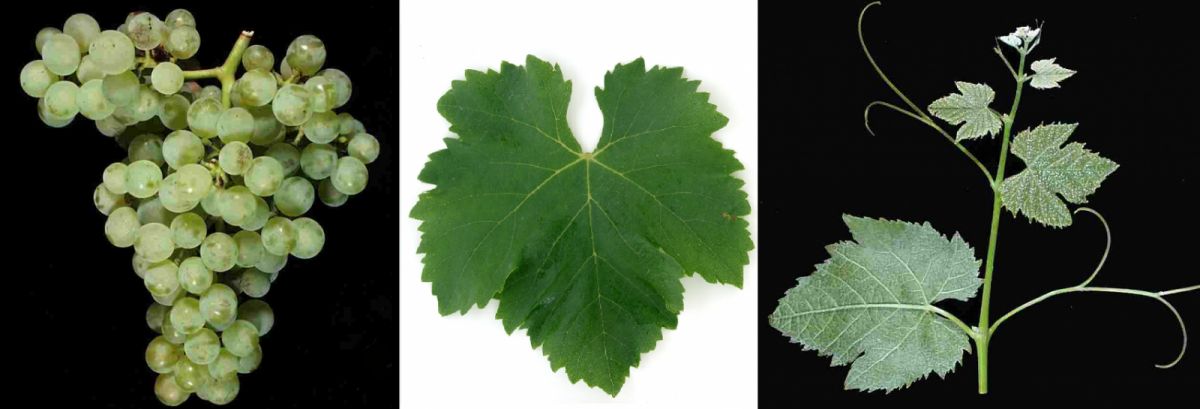The white grape variety originates from Switzerland. Synonyms are Humagne, Humagne Blanc (Switzerland); Miousap, Miousat, Mioussat, Umagne (France). The variety was already mentioned in 1313 together with Rèze in the "Directory of Anniviers" as "Vinum humanum" and "Humagny". According to legend, the wine was valued for centuries as an invigorating wine for the sick, and was especially given to women in childbed as a classic "childbed wine". The allegedly high iron content was often cited as responsible for the positive properties. However, more recent analyses have not confirmed this. It is possible that the "invigorating effect" is due to added herbs and essences. However, flavouring with various ingredients was also common with many other wines until the 19th century.

According to DNA analyses carried out in 2007, the Miousat variety grown in the French département of Pyrénées-Atlantiques is identical. Further analyses revealed a parent-offspring relationship with the Colombaud variety as well as parentage for the Swiss Himbertscha and Lafnetscha and the French Dameret and Malmasie. However, there is no connection to the Cornalin variety with the synonym Humagne Rouge. The numerous connections to France confirm the theory that the vine arrived in Valais from south-western France via the Rhône valley before the 13th century. Due to its presumably very old age in Switzerland, the variety is counted among the old growths.
The late-ripening vine is susceptible to botrytis and powdery mildew. It produces a golden-yellow, fragrant, rather low-alcohol white wine with a flinty flavour, as well as good storage potential with low yields. At the end of the 1980s, the variety was almost extinct and was revived. In 2016, the variety was cultivated on 29 hectares in the canton of Valais in Switzerland, where it was used in glacier wine. In south-western France, the Miousat variety, which is also almost extinct, is being reactivated in the Gascogne area. However, no stock has been identified under this name (Kym Anderson).
Source: Wine Grapes / J. Robinson, J. Harding, J. Vouillamoz / Penguin Books Ltd. 2012.
Images: Ursula Brühl, Doris Schneider, Julius Kühn-Institut (JKI)
Voices of our members

wein.plus is a handy, efficient guide to a quick overview of the colourful world of wines, winegrowers and grape varieties. In Wine lexicon, the most comprehensive of its kind in the world, you will find around 26,000 keywords on the subject of grape varieties, wineries, wine-growing regions and much more.
Roman Horvath MW
Domäne Wachau (Wachau)